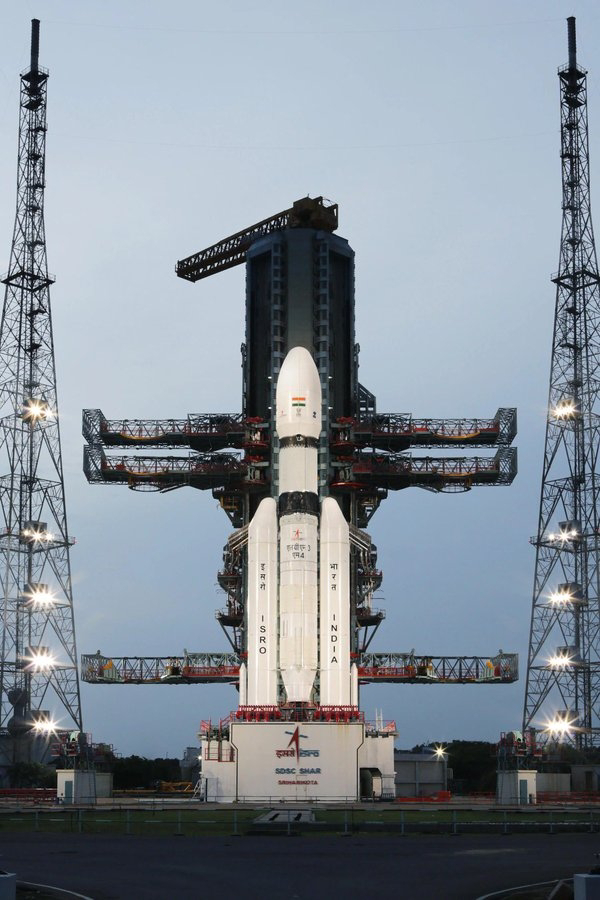Chandrayaan-3 is the third lunar exploration mission by the Indian Space Research Organisation (ISRO). It is a follow-on mission to Chandrayaan-2, which was launched in 2019. Chandrayaan-3 consists of a lander and the Pragyan rover, similar to Chandrayaan-2, but does not have an orbiter. Its propulsion module behaves like a communication relay satellite.
The Chandrayaan-3 mission was launched on July 14, 2023, from Satish Dhawan Space Centre in Sriharikota, Andhra Pradesh, India. The spacecraft was successfully placed in a 100 km circular polar orbit around the moon. The lander and rover are expected to land near the lunar south pole region on August 23, 2023.
The main objectives of the Chandrayaan-3 mission are to:
- Demonstrate end-to-end landing and roving capabilities on the lunar surface.
- Study the lunar south pole region, which is thought to be rich in water ice.
- Conduct a variety of scientific experiments to understand the moon's geology, composition, and environment.
The Chandrayaan-3 mission is a significant milestone in India's space program. It is the first time that India will attempt to land a spacecraft on the lunar south pole region. The success of this mission will pave the way for future lunar exploration missions by India.
Some key differences between Chandrayaan-2 and Chandrayaan-3:
- Chandrayaan-3 does not have an orbiter.
- The Chandrayaan-3 lander has solar panels on four sides, instead of only two in Chandrayaan-2.
- The Chandrayaan-3 rover is smaller and lighter than the Chandrayaan-2 rover.
- The Chandrayaan-3 mission is expected to last for one year, while the Chandrayaan-2 mission lasted for about two years.








No comments:
Post a Comment